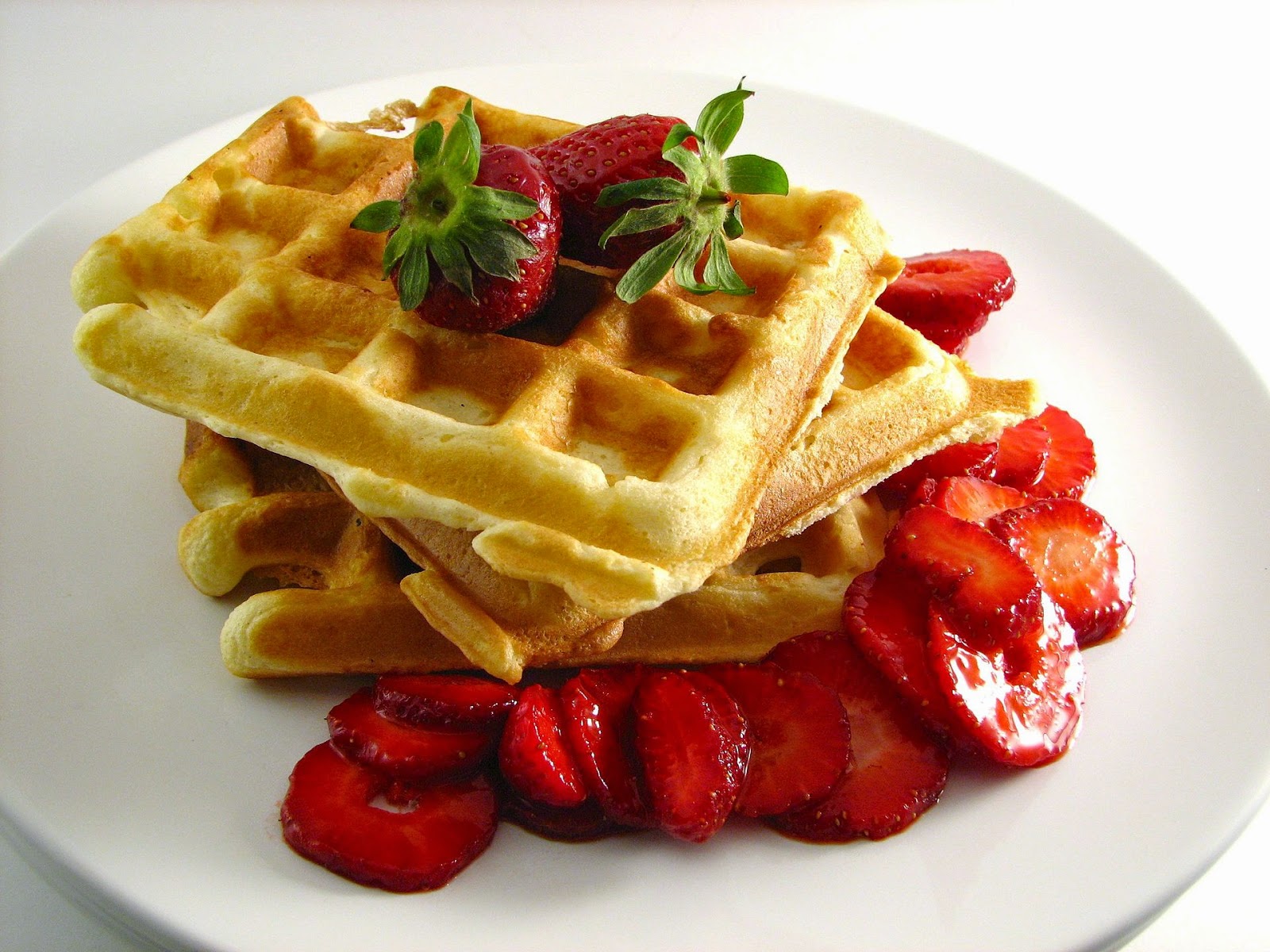
Today’s lucky “winner”… waffles!!!
Waffles apparently have a long history in Europe, with roots dating back as far as the Middle Ages (1). Modern waffles have been around for about 500 years, and they remain popular in Europe and Europe-influenced countries. As a teenager, I remember eating delicious gaufres in Western France, sometimes with fruit and whipped cream, other times with chocolate sauce or simply powdered sugar.
Waffles have survived the upheavals of half a millenium of European history nearly unchanged. Why do we find them so seductive? As with many of our favorite foods, waffles combine several key rewarding properties. First, they’re extremely rich in carbohydrate, including both starch and sugar. Second, they also contain fat. Third, the high-temperature cooking process partially dehydrates the batter, increasing its calorie density. Finally, we add calorie-dense toppings such as whipped cream, syrup, and butter. Waffles offer a calorie-dense, easily digested combination of starch, sugar, and fat– a combination our food reward circuitry finds irresistible.
We also seem to appreciate the Maillard reaction products that give baked goods their seductive aroma. The distinctive shape of waffles maximizes their surface area, in turn maximizing the flavor and texture of high-temperature-cooked batter.

